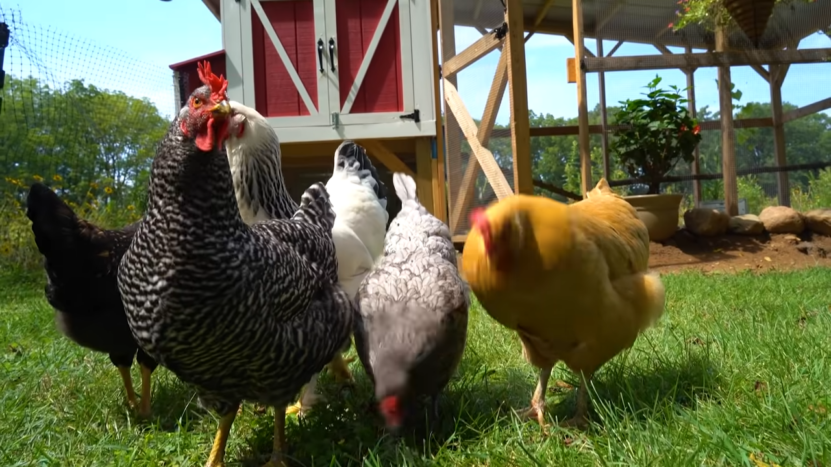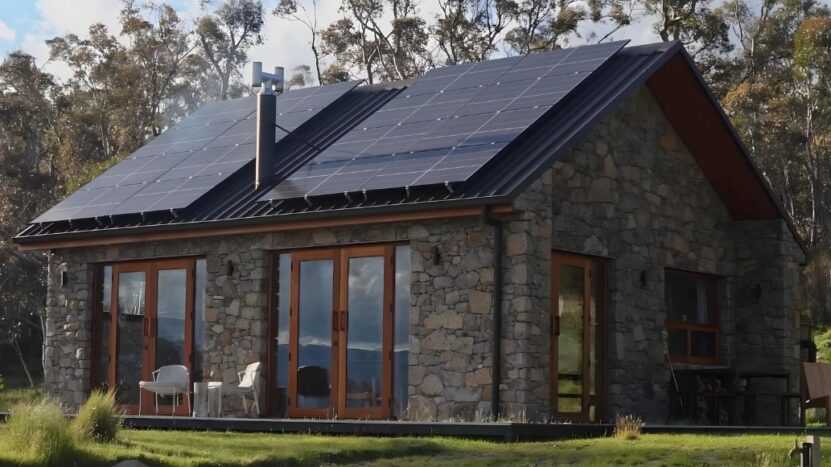So, if you’re thinking of venturing into poultry raising and need a chicken coop, I’ve got your back! I’ve come up with a super simple 4-step process to guide you on your path to build a chicken coop.
I’ll discuss chicken coop ideas, designs, and all the practical info you’ll need to figure out what kind of coop suits you best. It doesn’t matter if you’ve got a huge backyard or just a tiny space outdoors, don’t worry, I’ve got solutions for you.
So, let’s roll up our sleeves, grab some tools, and get started.
1. How Many Chickens Should You Have?
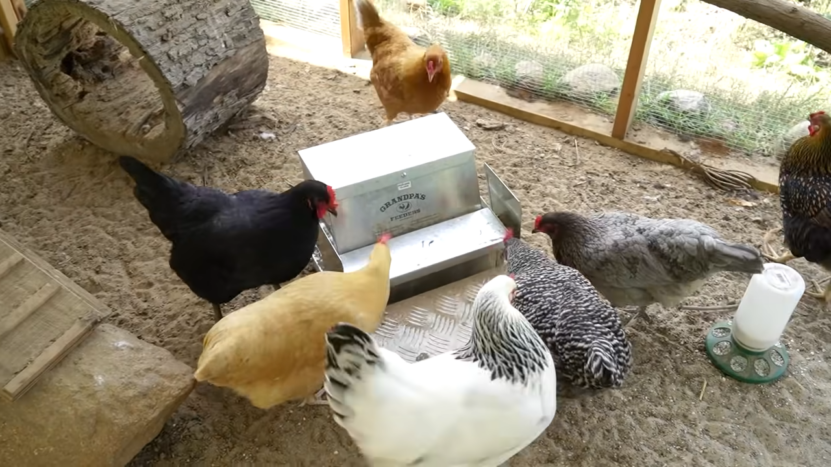
Before you start chicken raising, you’ve gotta figure out how many feathered friends you want to take care of. This important decision will determine the size of your chicken coop. Oh, and here’s a little tip: each chicken needs its own personal space, so you’ve gotta allocate at least 4 square feet for each one.
So, let’s say you’re thinking of raising 10 chickens. That means you’ll need a coop that’s around 40 square feet in size. But if you really want your chickens to have some extra wiggle room, it’s actually a good idea to build a coop that’s larger than the minimum requirement. After all, happy chickens make for happy chicken farmers!
2. Plan Your Chicken Coop
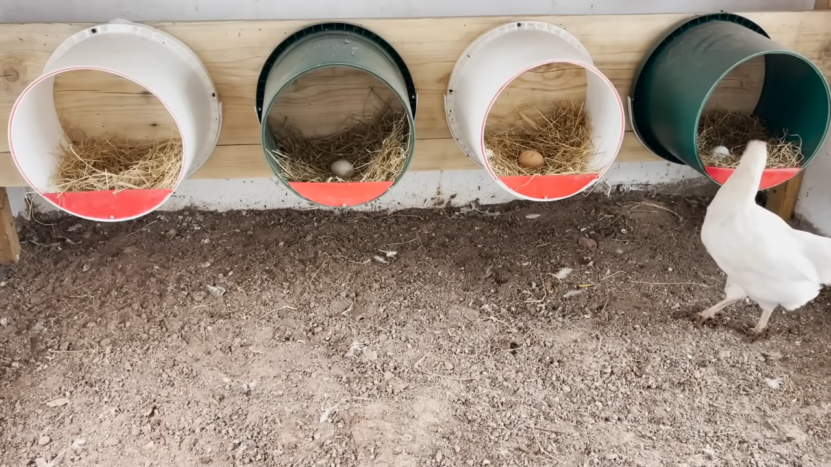
When it comes to the building process, planning is key. You gotta make sure those feathery friends of yours have a cozy and secure place to call home. So, here are a few things to think about when you’re in the planning stage:
Materials for Shelter and Protection
Chickens, bless their little hearts, can be prime targets for those sneaky night-loving critters like foxes or coyotes. But fear not! I’ve got some tips to keep your feathered friends safe and sound. First things first, when it comes to your coop, you’ll want to invest in some predator-proof hardware.
Now, a chicken wire mesh is a real deal when it comes to covering up the outer part of the coop. It keeps those sly predators at bay while still allowing your chickens to enjoy some fresh air. And don’t forget about the locks!
You’ll want to use some sturdy barrel-bolt latches that those crafty paws can’t just flick open with ease. That way, you’ll ensure that only the invited guests get to hang out with your flock. Safety first!
Prop Your Coop Up
There are many awesome perks of raising your coop off the ground. It’s good because it keeps your flock’s feet nice and dry when the weather gets all wet and gloomy. Plus, it gives them the freedom to roam around the coop.
And the best part—it adds an extra layer of protection from those sneaky predators. So, when you’re building your coop, make sure to lift it up a good 2-3 feet from the ground. It’s safer and much more convenient for your feathered friends.
Perch Area
I also wanted to mention how crucial it is to have a perch area in your coop plan. Chickens actually sleep better on perches, so it’s super important to provide them with plenty of space to perch so they don’t feel all crammed up.
Nesting Boxes
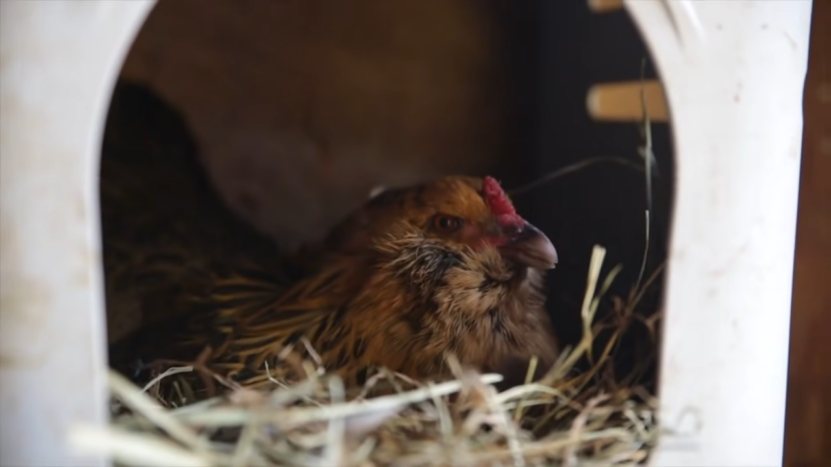
Let’s talk about nesting boxes, the must-have item for every chicken coop. Trust me, these babies are a must. You want them to be at least 4 inches deep. Why? Well, that depth ensures that your precious eggs stay nice and snug, away from any potential mishaps.
Proper Ventilation
Your chickens can actually get pretty sick if the air inside their coop gets all stuffy and stale. And trust me, you don’t want that. So when you’re designing your coop, make sure you keep this in mind.
It’s super important to have some good ventilation going on. One way to do that is by installing a vent or even a window. That way, fresh air can flow in and keep the chickens happy and healthy.
Adequate Insulation
If you want your chickens to live their best lives, it’s important to give their coops some cozy insulation. It’ll go a long way in keeping them comfortable in both hot and cold weather.
So, first things first, figure out what kind of weather your coop will face on the regular. Once you’ve got that down, you can choose the right insulating materials to match those conditions.
Accessibility
When you’re making your plan, it’s important to think about how you can make cleaning the chicken coop and collecting eggs a breeze. Nobody wants to end up in awkward positions or accidentally hurt themselves or the chickens by bending and leaning too much over the coop.
So my idea is to install some access doors and droppings trays. That way, you can easily reach in and take care of all the cleaning without any hassle.
3. Gather Materials and Tools
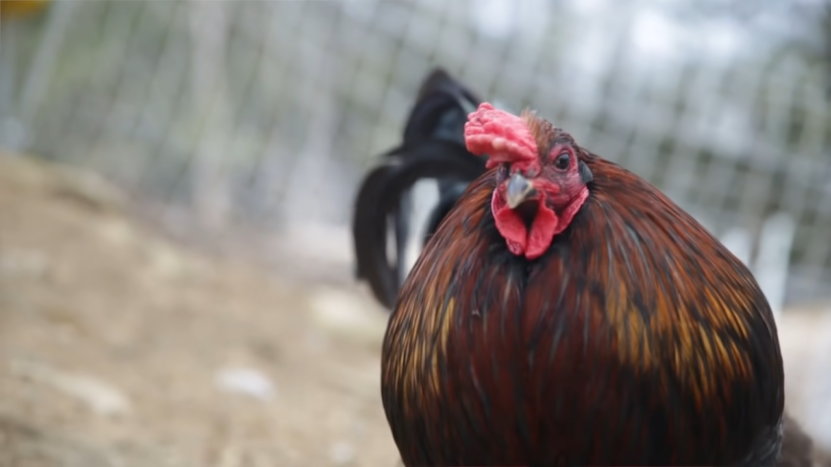
Make a list of materials and tools you’ll need. It’s important to get the exact measurements to make sure your chickens have a cozy home. That way, you can also figure out how much of each material you’ll need.
4. Build Your Coop!
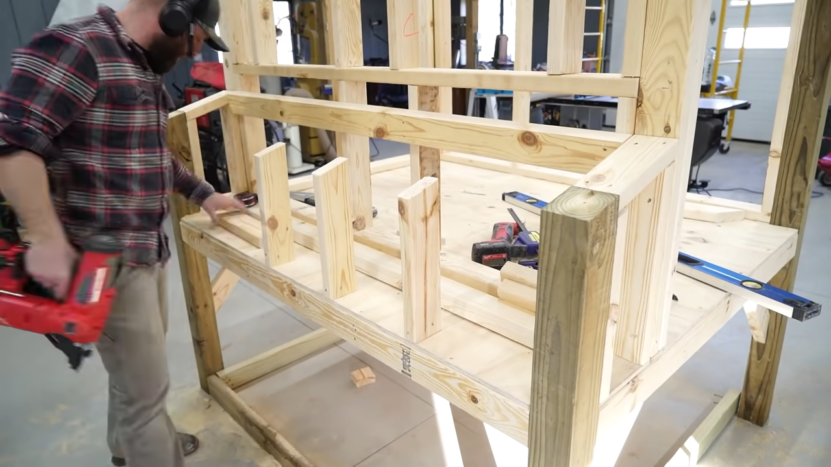
Alright, now that you’ve got everything you need—info, tools, and materials—it’s time to get cracking on that chicken coop. It’s gonna be a breeze if you follow the step-by-step plan you made.
Just remember, one wrong move and you could end up with a ton of extra work, so plan thoroughly. Start by laying down the foundation, working your way up from the ground. And remember, save the doors, windows, and roofing for the grand finale.

